 |
 |
 |
 |
|
 |
 |
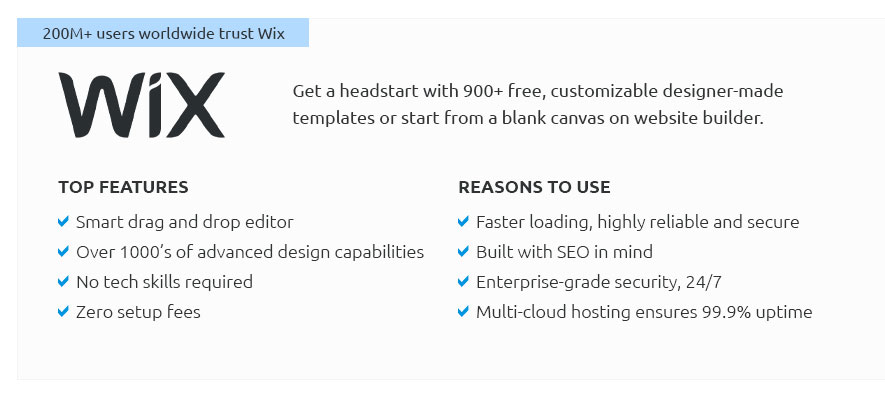 |
|
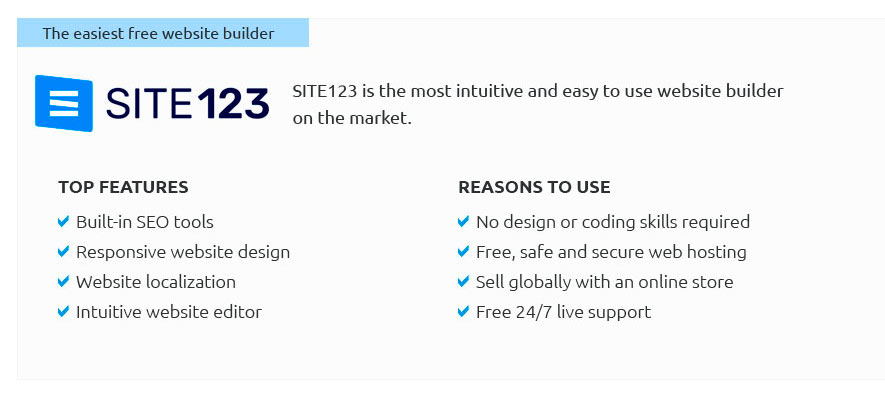 |
|
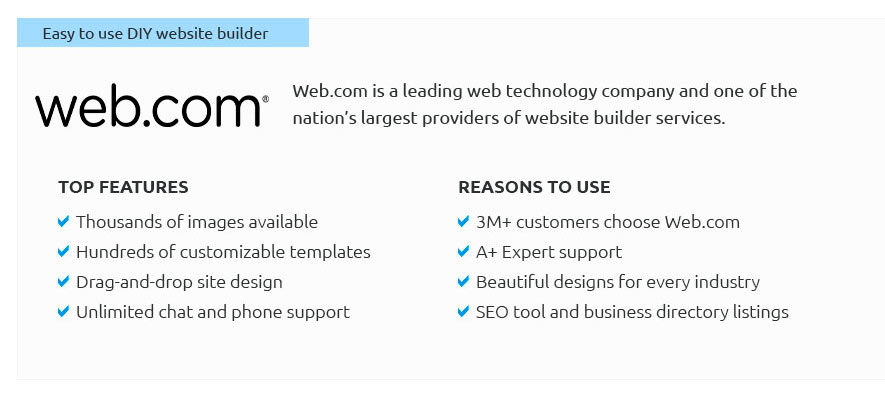 |
 |
|
 |
|
 |
|
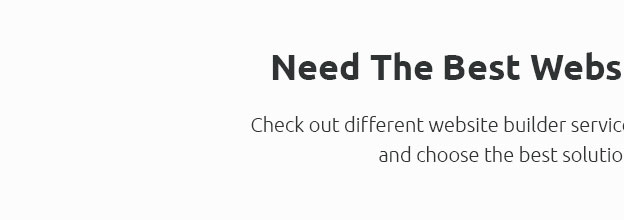 |
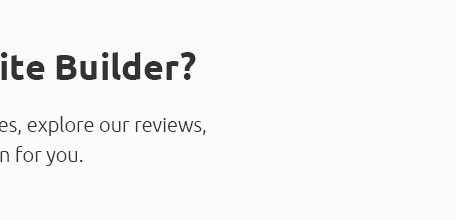 |
Learn How to Build Websites for Beginners: A Comprehensive GuideBuilding a website can seem daunting at first, but with the right guidance, it becomes a manageable and rewarding task. This article will walk you through the basics and provide the necessary steps to start your web development journey. Understanding the BasicsBefore diving into website building, it's important to understand some fundamental concepts. Let's explore these concepts below. What is HTML?HTML stands for HyperText Markup Language. It's the standard language used to create web pages. HTML elements form the building blocks of all websites. CSS and JavaScriptWhile HTML provides structure, CSS (Cascading Style Sheets) is used to style web pages, and JavaScript adds interactivity. Together, these technologies form the core of front-end web development. Setting Up Your WorkspaceTo start building websites, you need a good development environment. Here's what you need:
Steps to Build Your First WebsiteNow that you're familiar with the basics, let's go through the steps to build your first website. Plan Your WebsiteBefore writing any code, plan your website's structure and design. Consider the purpose, audience, and content. Creating a simple wireframe can help visualize your ideas. Create the HTML StructureStart by creating a new file with an Add Styles with CSSNext, create a Implement Interactivity with JavaScriptAdd a Test and Launch Your WebsiteOnce your website is built, test it across different browsers and devices. Ensure everything functions correctly before launching your site. For more tips, visit make website easily. Resources and ToolsUtilizing the right resources and tools can greatly enhance your web development process. Here are some recommendations:
For those looking to hire professionals, explore options like website designers for small business. Frequently Asked QuestionsWhat is the easiest way to learn HTML?The easiest way to learn HTML is through interactive tutorials and coding exercises offered by platforms like W3Schools and Codecademy. How long does it take to build a basic website?Building a basic website can take anywhere from a few hours to a few days, depending on the complexity and your familiarity with the tools. Do I need to know how to code to build a website?While knowing how to code is beneficial, it's not necessary. You can use website builders like WordPress or Wix to create websites without coding. https://www.reddit.com/r/webdev/comments/9lj7qq/i_want_to_learn_how_to_make_a_website/
It really depends on what kind of site you're trying to build. Brush up on HTML, CSS, and javascript; then you should have the basics down for ... https://www.wix.com/blog/how-to-build-website-from-scratch-guide
How to create a website from scratch in 11 steps (for beginners). https://www.codecademy.com/learn/paths/learn-how-to-build-websites
Beginner HTML. In this unit, you will learn the basics of HTML. HTML is a ...
|